North Atlantic Scallops

 Pan-sear a “Dry” Scallop caught
Pan-sear a “Dry” Scallop caught
in Healthy North Atlantic Waterways!

Along the Canadian and American seaboard, divers find beds of adult scallops growing upwards to 9 inches in diameter. The average size stretches on the ruler to 6 inches, and it all depends on the food source. Scallops thrive in estuaries and sandy or muddy basins that have a constant current, bringing phytoplankton and other food particles right into their shells where they filter feed and grow plump, high-protein meat.
 The adductor muscle that opens and shuts the shell is the prized find for divers who harvest beds of scallops from late summer to early fall. Cod, flounder, crabs, and even sea turtles also find the scallop as a nourishing treat, so sustainable catching is essential. Divers normally find massive amounts of scallops at 100 to 300 feet below the water’s surface.
The adductor muscle that opens and shuts the shell is the prized find for divers who harvest beds of scallops from late summer to early fall. Cod, flounder, crabs, and even sea turtles also find the scallop as a nourishing treat, so sustainable catching is essential. Divers normally find massive amounts of scallops at 100 to 300 feet below the water’s surface.

Once hoisted onto the fishing vessel, the watermen shuck the adductor muscle, the round plump meat well-known in dishes like bacon-wrapped scallops or shrimp stew with scallops. To preserve the meat, some boats soak the muscle in phosphates and additives, termed “wet scallops.” The process bleaches the scallop for a longer shelf-life. Others quickly chill the catch and leave the scallop untouched. Known as “dry scallops,” they pan sear to a caramelized golden brown expeditiously since they don’t have any extra liquids. Just act fast since the scallop won’t last long when buying fresh. Flash frozen is the ticket here. A dry scallop quick-frozen will maintain texture and taste and pan sear to a buttery sweet and slightly briny masterpiece!



